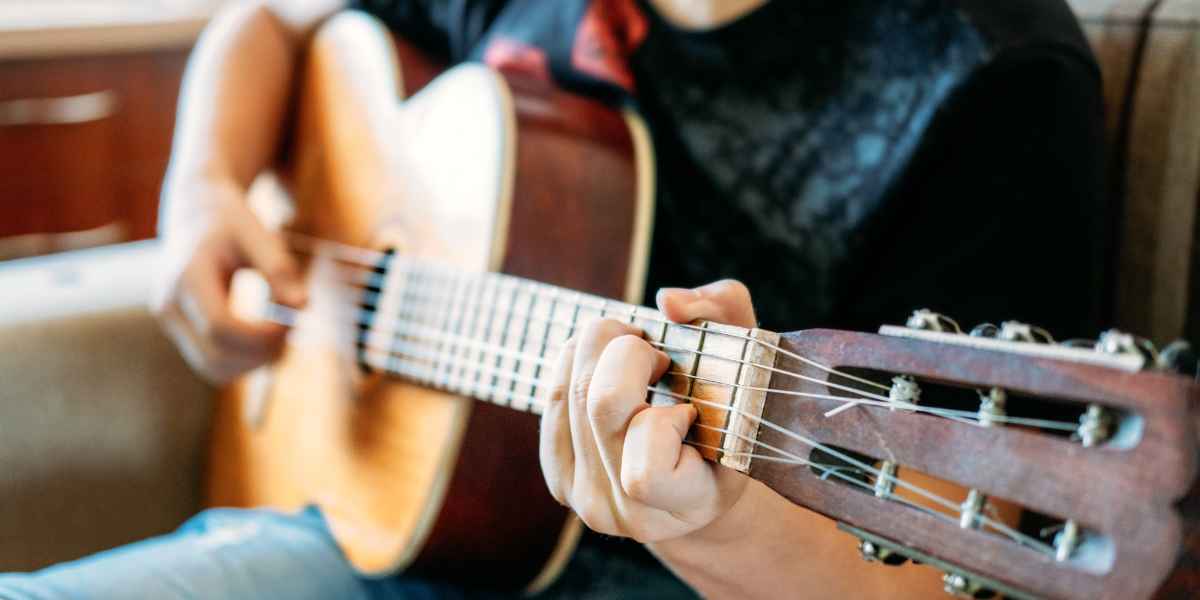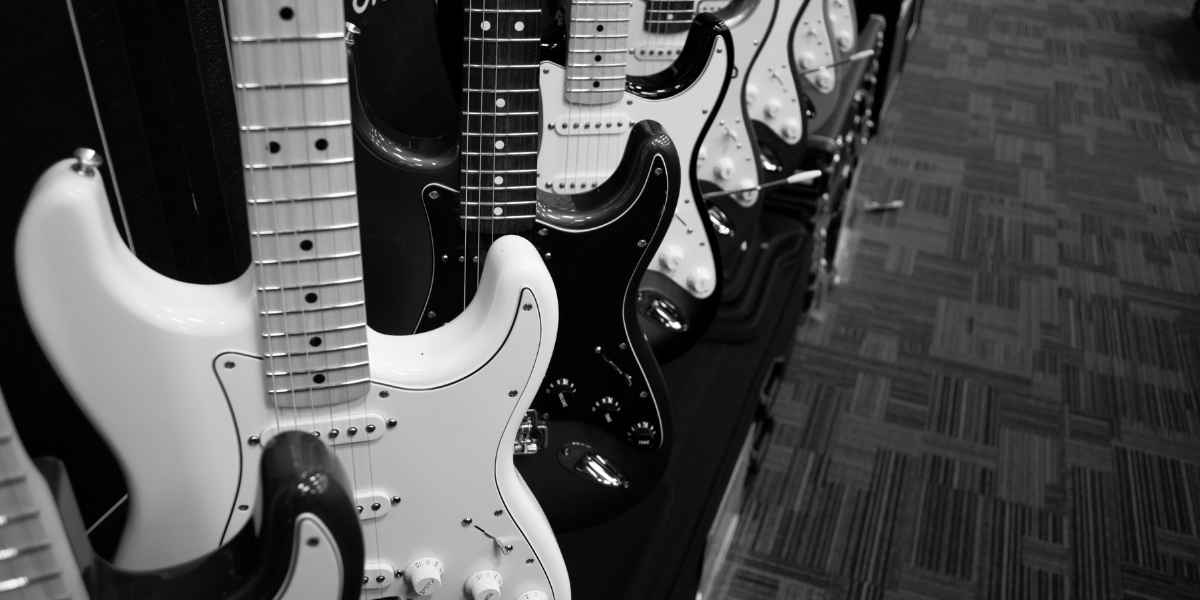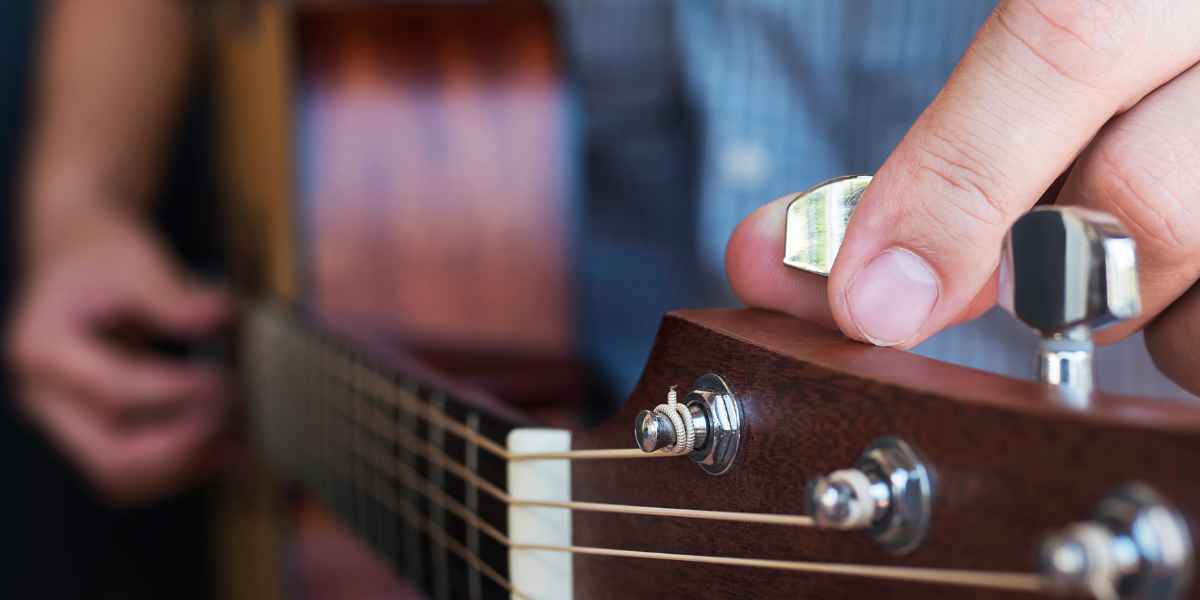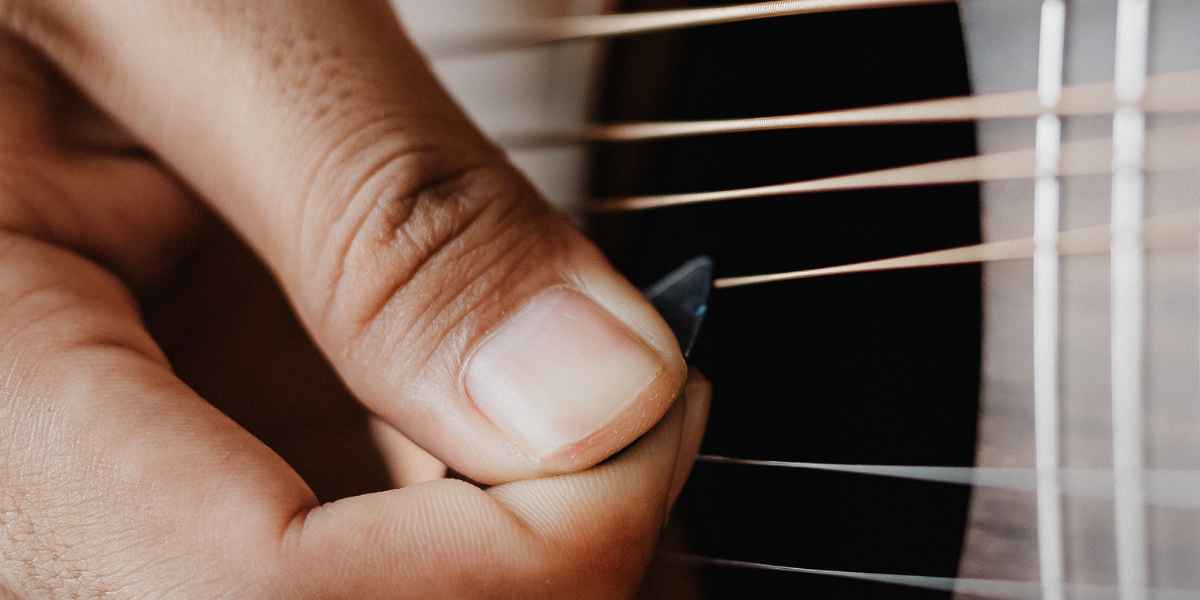Ultimate Beginner Guide for Guitar Lovers (Basic Tips)
Don't be doubtful about learning something interesting like this. Here is the basic guide of guitar for all the music lovers who are beginners.

If you're a lover of music and instruments, then it is time to grab your instrument and start exploring. Don't worry if you're new to this. Here is the basic beginner guide for you to start easy.
Understanding the types of guitars and parts:

1)Acoustic guitars: Acoustic guitar generates sound without an exterternal power supply- specially known for its organic and warm tones. The tones generally vary based on the body size, wood type, and craftsmanship. There are types:
- Steel-string Acoustic (used mostly in folk, pop, country, and rock music).
- Classical Guitars (used in classical, flamenco, and traditional music.
- 12-String Guitars
2)Electric guitars: Electric Guitars are heavy in general and are well-known for their versatility in pop, jazz, blues, and rock. It requires amplifiers and pedals to produce sound like distortion, reverb, delay, and more.
Now, go grab your fit. You must also know about the guitar parts as well.

1. Headstock is the control head of the guitar with tuning pegs for string tuning.
2. The neck of the guitar is the long, thin area where the frets are located- joins the headstock and body together.
3. The fretboard is the neck's wooden surface.It has metal frets that create intervals on the neck for various notes.
4.The body has the maximum of the guitar- the soundhole or the pickup.
5. Bridge secures and holds the strings and sends the body's vibrations through them.
6.Standard guitars typically have six strings for strumming and making a sound.
Tuning and Care:

It's important to know how to tune your guitar before you start performing. You can use a tuner or tuning app. Also, cleaning and string changes are critical for better sound and the health of your instrument.
Explore and learn Basic Chords:
Let's learn about how to hold the basic beginner chords :

1. C Major (C): Ring finger on the 3rd fret of the 5th string.
2. G Major (G): Ring finger on the 3rd fret of the 6th string, middle finger on the 2nd fret of the 5th string, index finger on the 2nd fret of the 1st string.
3. D Major (D): Index finger on the 2nd fret of the 3rd string, ring finger on the 3rd fret of the 2nd string, middle finger on the 2nd fret of the 1st string.
4. E Minor (Em): Index finger on the 2nd fret of the 5th string.
5. A Minor (Am): Middle finger on the 2nd fret of the 4th string.
6. E Major (E): Index, middle, and ring fingers on the 1st, 2nd, and 3rd frets of the 1st, 2nd, and 3rd strings, respectively.
Basic Strumming Patterns:
The downstroke strum is an easy strumming rhythm that is suitable for a lot of beginner songs. Use a downward motion with the pick/plectrum to strum all of the strings- keep your pace constant, hold the pick loosely, and use your wrist.

Practice is the key:
It takes time, patience, and constant practice to learn to deal with finger pain and chord transition. You have to be very consistent and add it to your daily routine. Explore learning resources—recommended apps, guitar classes, websites, and YouTube tutorials for a better and quicker guide. You might find it difficult to understand scales, read tabs, and learn chord charts but with time, you can master it.
Embarking on Your Musical Journey:
With the fundamentals under your belt, the world of guitar opens up! Explore these tips to fuel your musical journey:
- Find a learning method: Consider online tutorials, in-person lessons, or instructional books to find a learning style that suits you.
- Practice regularly: Consistent practice is key to progress. Aim for short, focused sessions throughout the week rather than infrequent marathon playing.
- Learn your favorite songs: Motivation is key! Choose songs you love and break them down chord by chord to learn the progressions.
- Jam with others: Playing with friends or musicians of all levels can be incredibly rewarding and accelerate your learning.
Conclusion:
You have an interesting thing to explore and learn so grab your guitar and start the practice today keeping all the keynotes in mind.
The goal should be to enjoy learning new things and every small chord you strum rather than chasing perfection right away. Don't forget to enjoy the process and every rhythm of it.




Comments ()